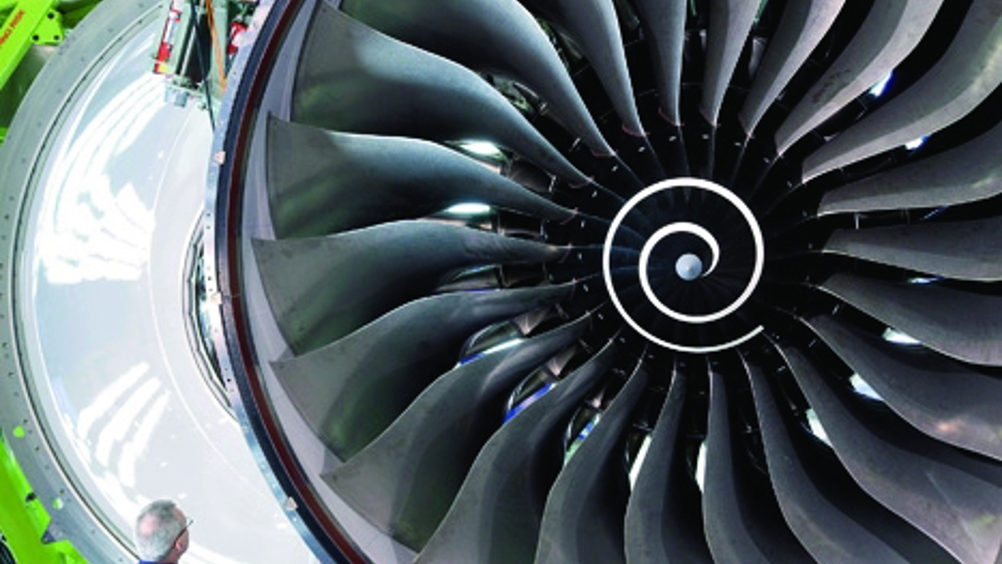Centres of excellence: inside Rolls-Royce's UTCs
A network of university research centres helps Rolls-Royce to stay at the frontier of science. Michael Kenward reports

When Rolls-Royce’s next generation jet engine, the UltraFan, enters service, a global network of university researchers will share the credit.
To pick just one component, the steel shaft on the UltraFan owes much to materials research done in Cambridge University. Indeed, such is the academics’ contribution that Mark Jefferies, the company’s Chief of University Research Liaison, says that it would be hard to pin down areas in the new engine where academics didn’t play a role. “A lot of our tools, our analysis codes, most of CFD [computational fluid dynamics], were initially created and continue to be developed in collaboration between our own engineers and the academics.”
The academics behind the technology work in a series of University Technology Centres (UTC) that Rolls-Royce has assembled to research key technologies. The centres have made important contributions across a number of areas. For instance, they contributed greatly to the materials used in today’s products with researchers at Swansea University, for example, working on the exotic hot-end titanium and nickel alloys throughout the firm’s Trent engines.
Register now to continue reading
Thanks for visiting The Engineer. You’ve now reached your monthly limit of premium content. Register for free to unlock unlimited access to all of our premium content, as well as the latest technology news, industry opinion and special reports.
Benefits of registering
-
In-depth insights and coverage of key emerging trends
-
Unrestricted access to special reports throughout the year
-
Daily technology news delivered straight to your inbox










Water Sector Talent Exodus Could Cripple The Sector
Maybe if things are essential for the running of a country and we want to pay a fair price we should be running these utilities on a not for profit...